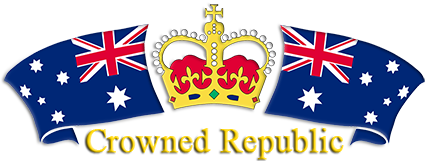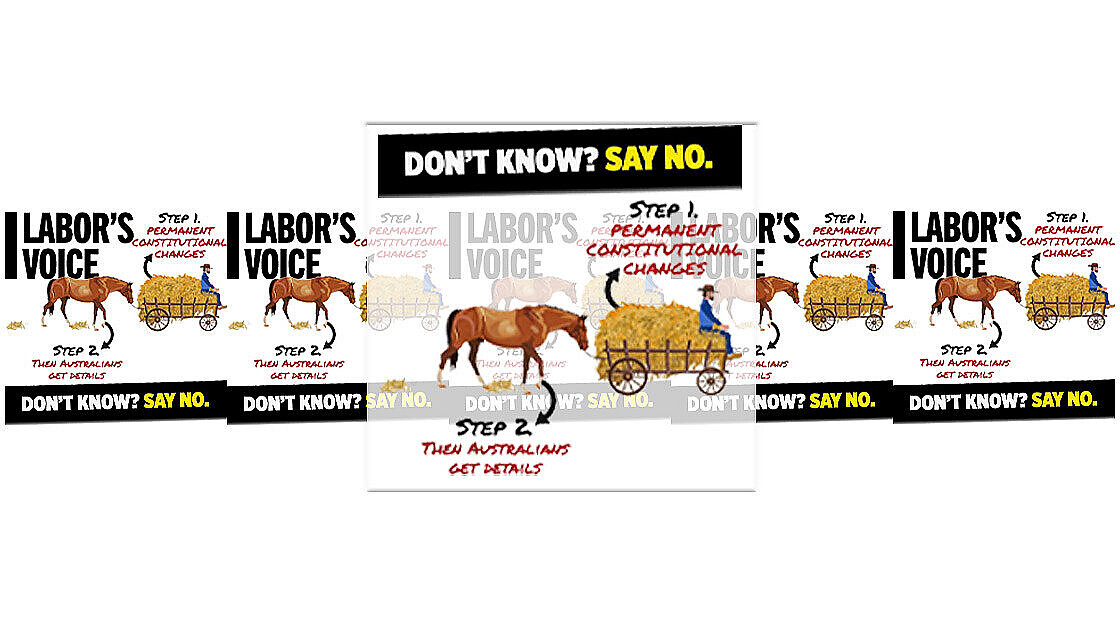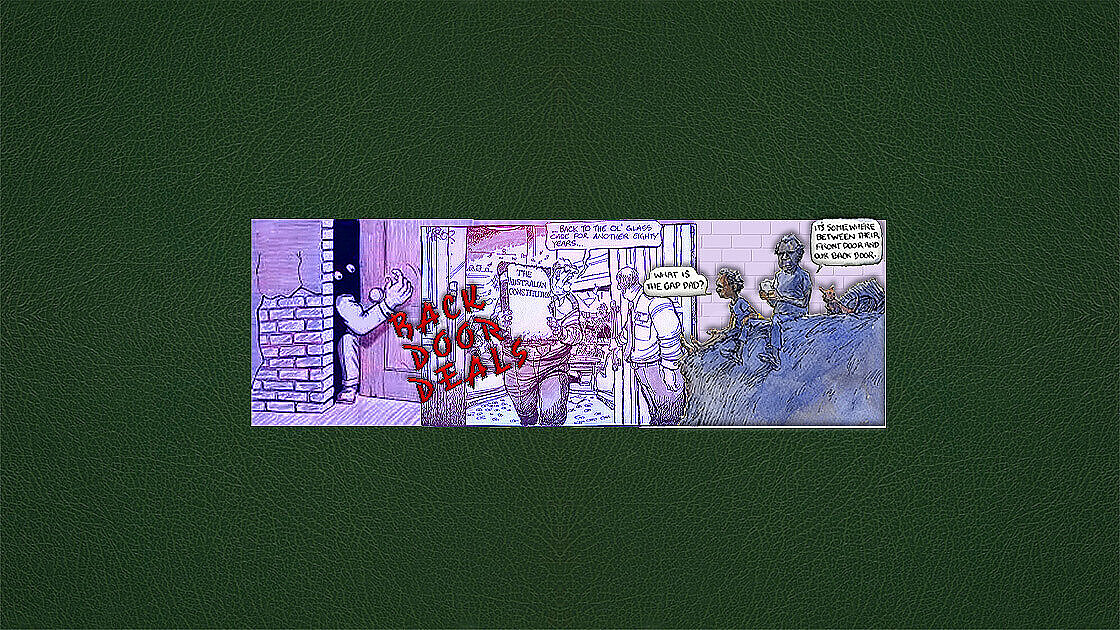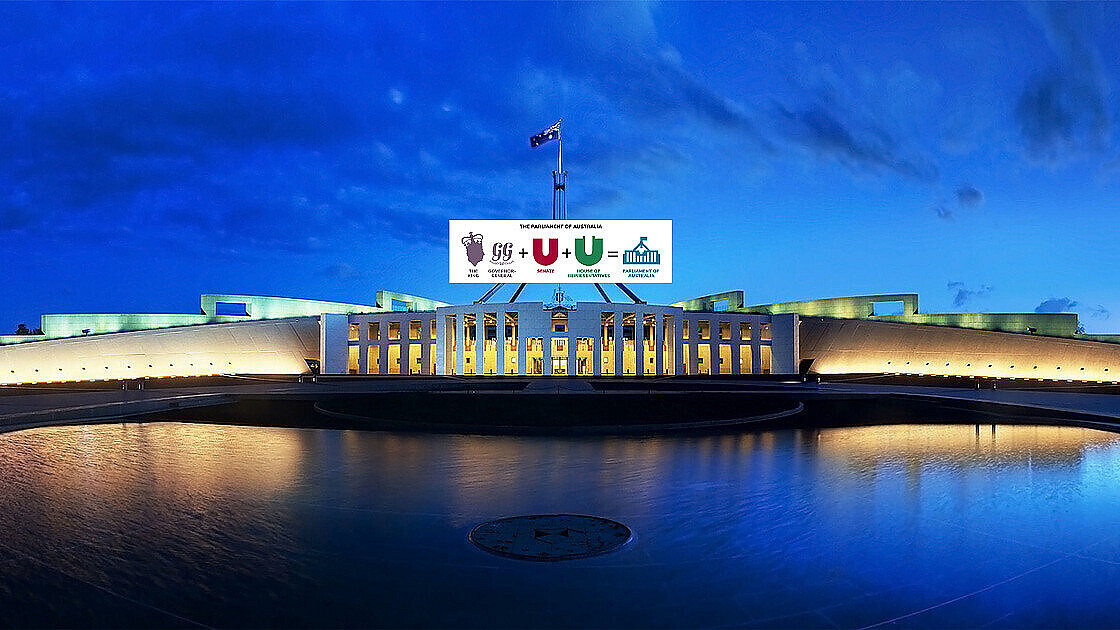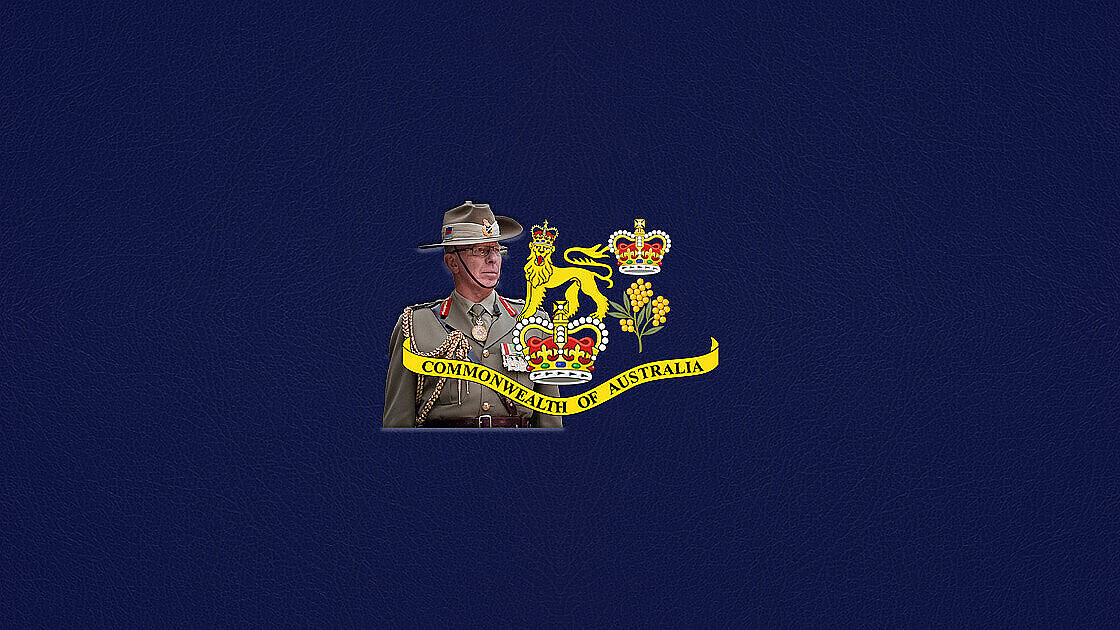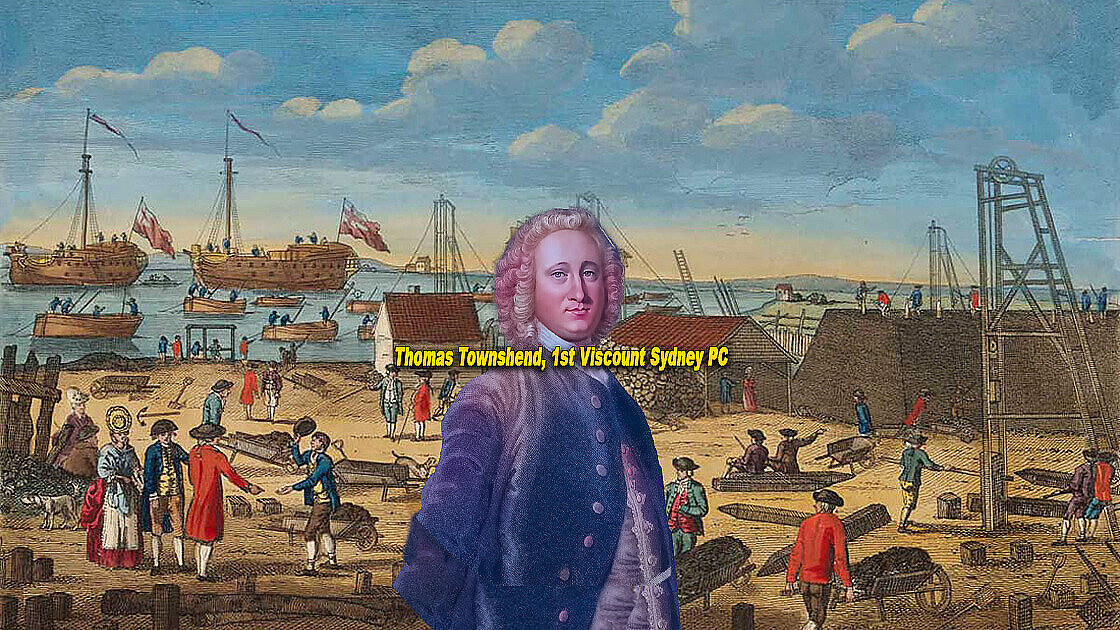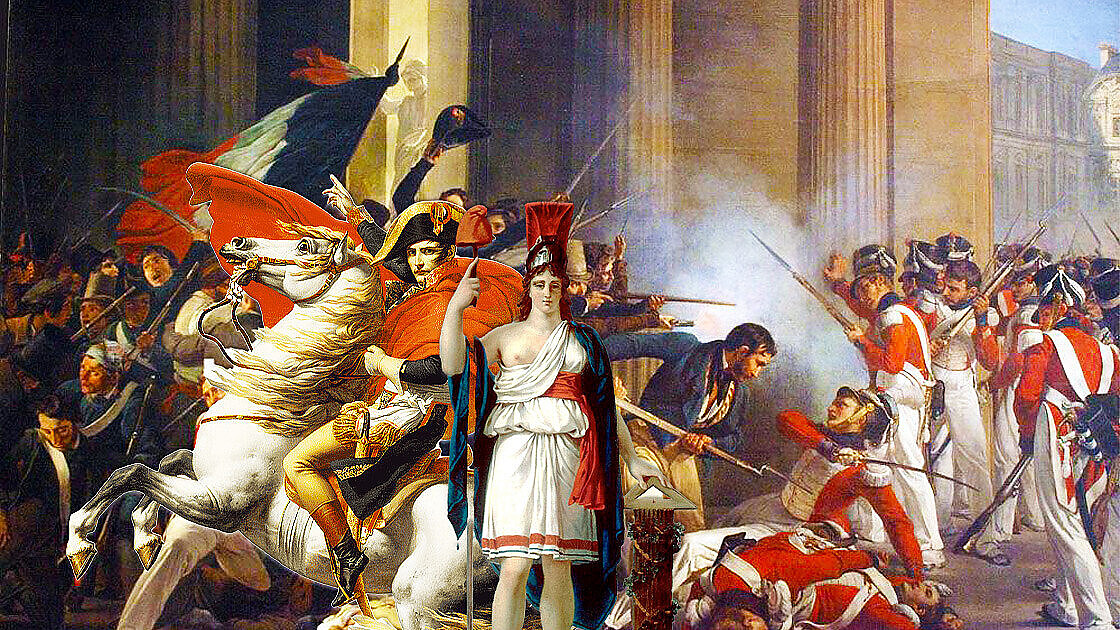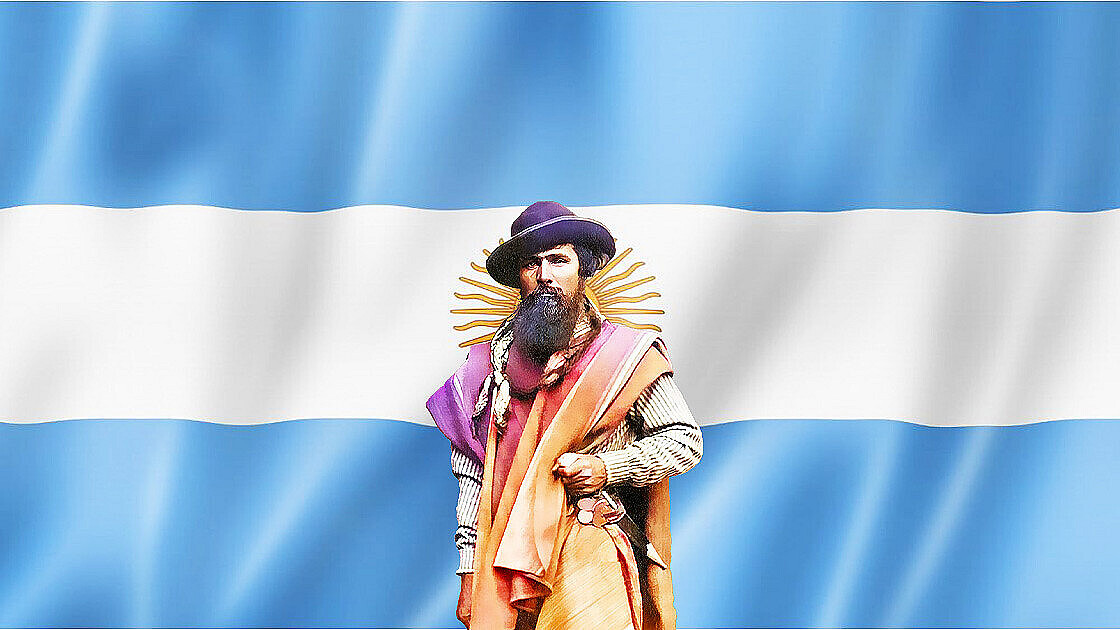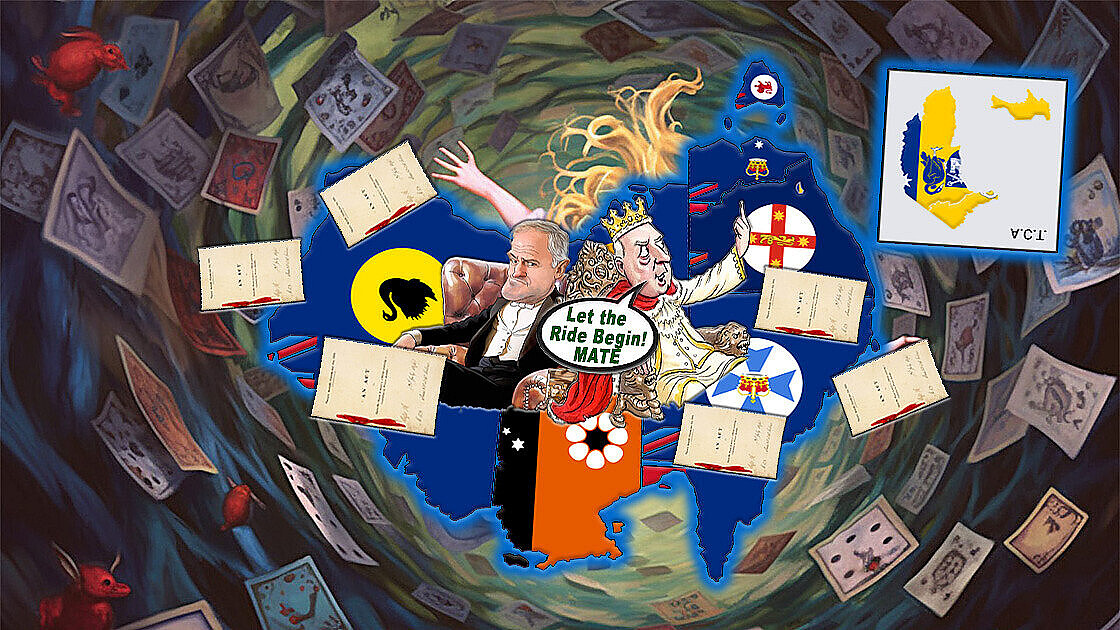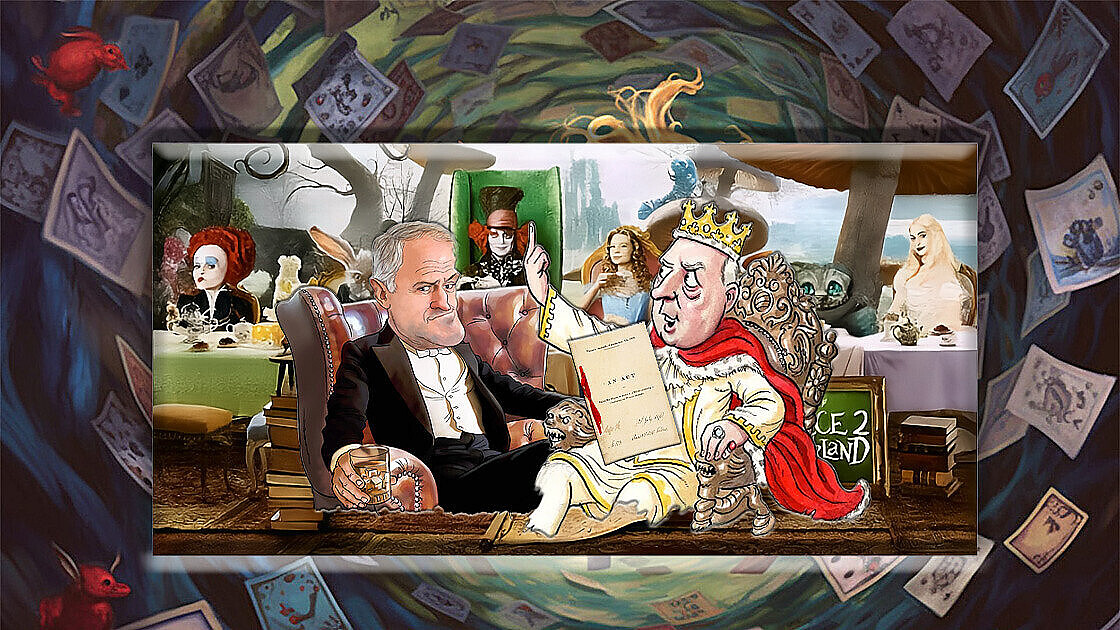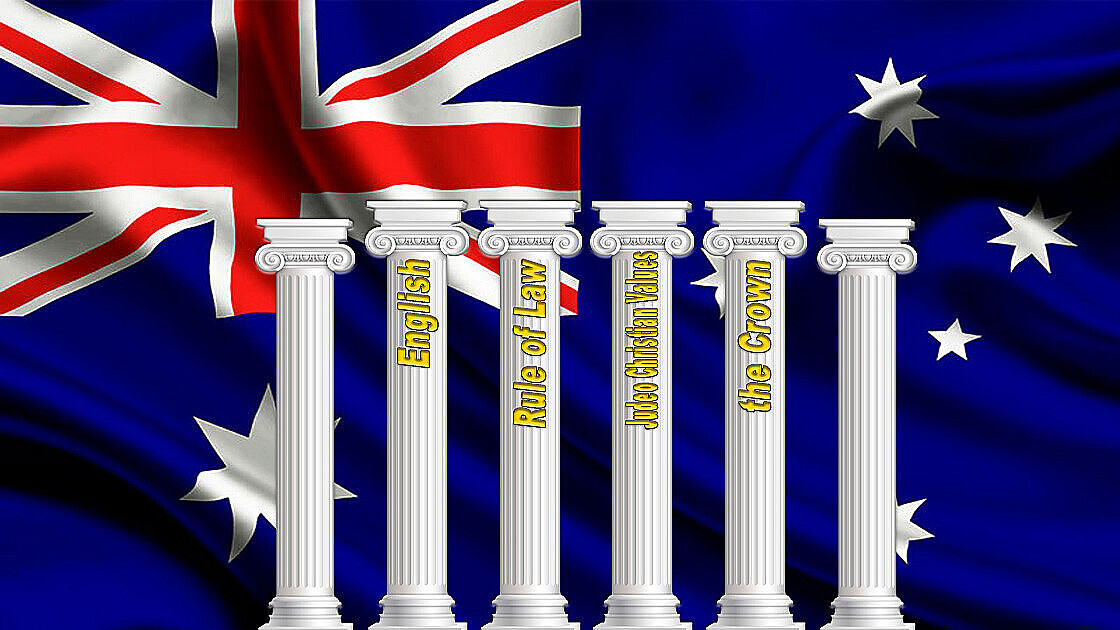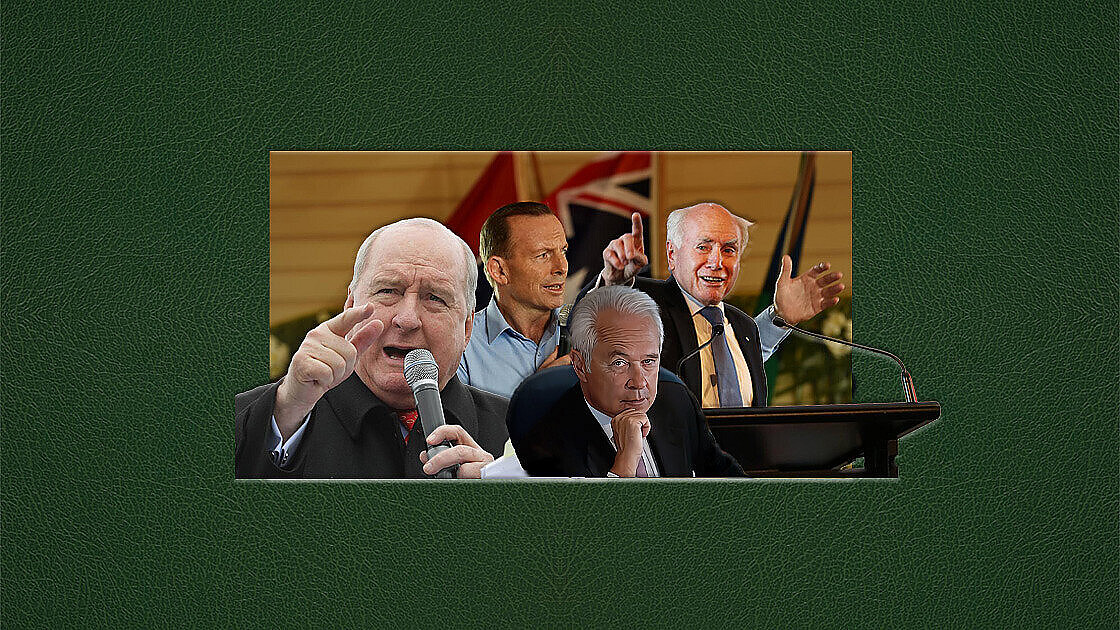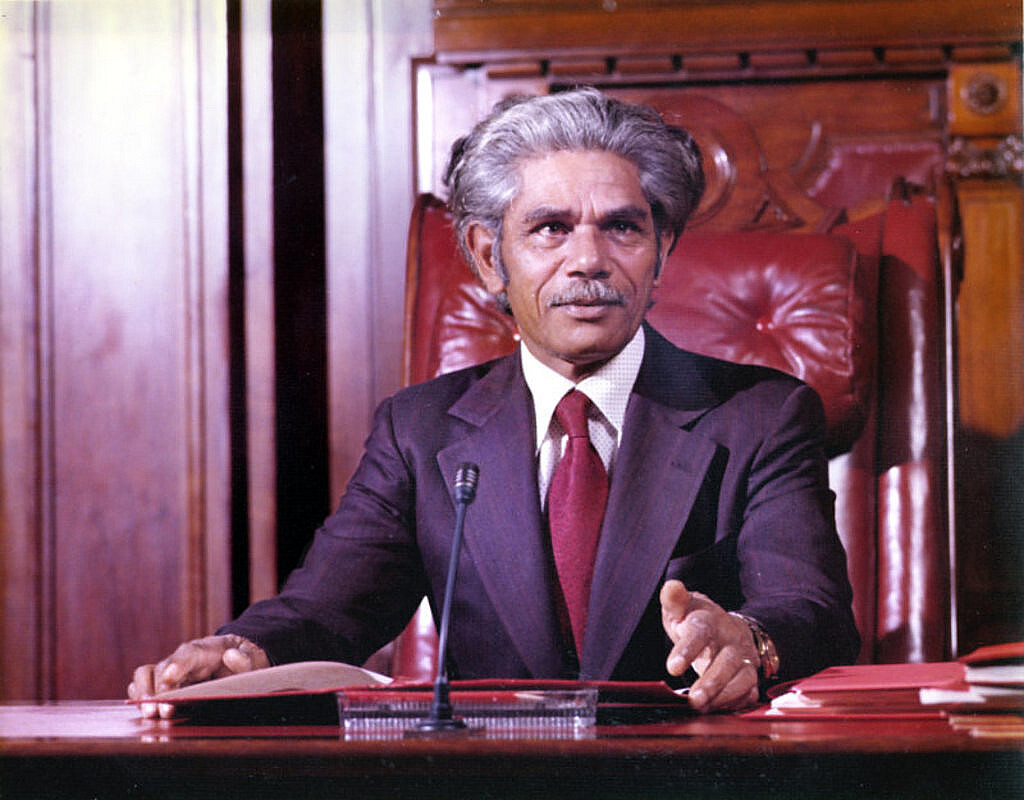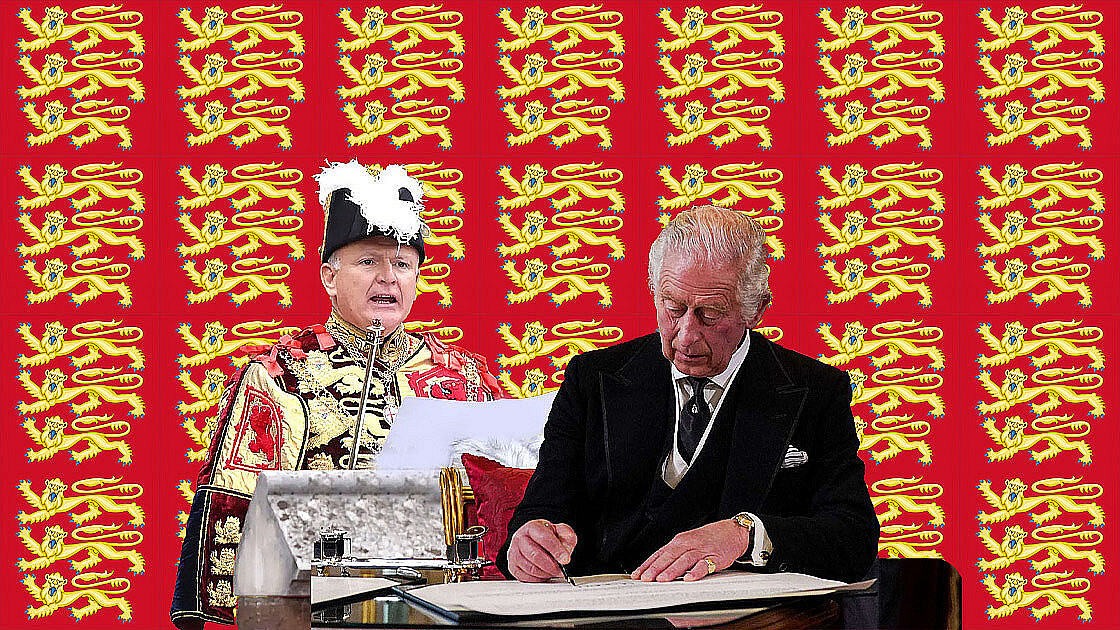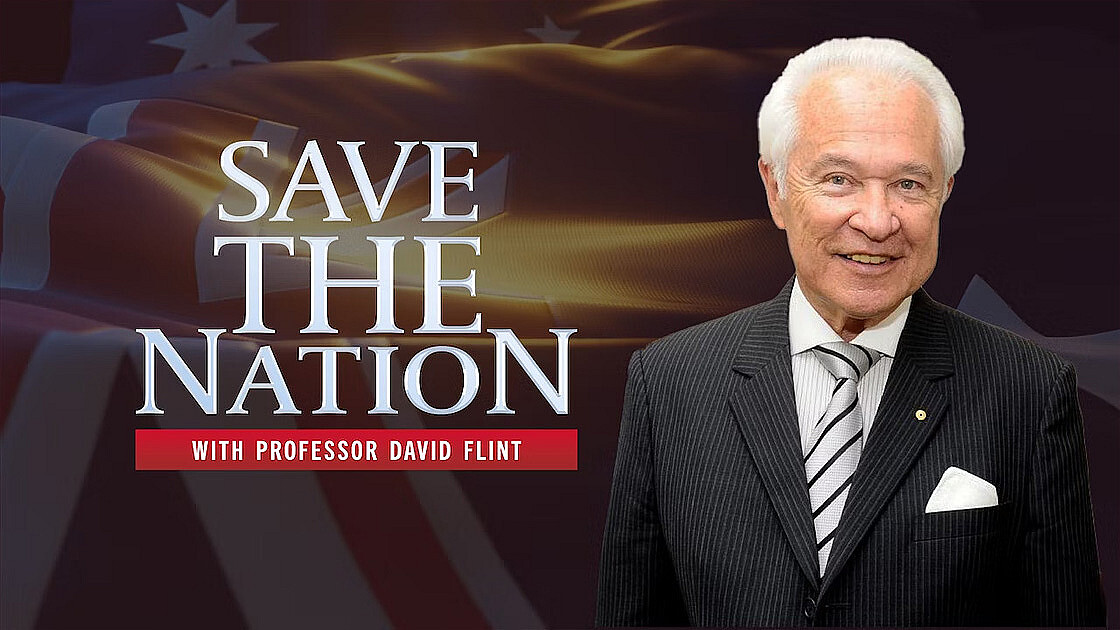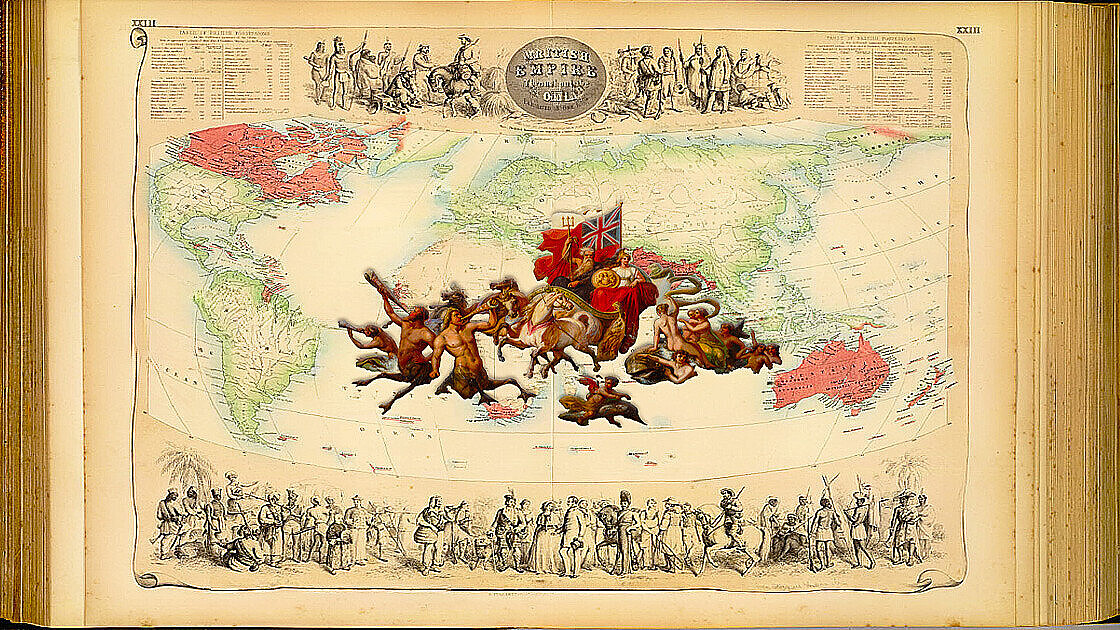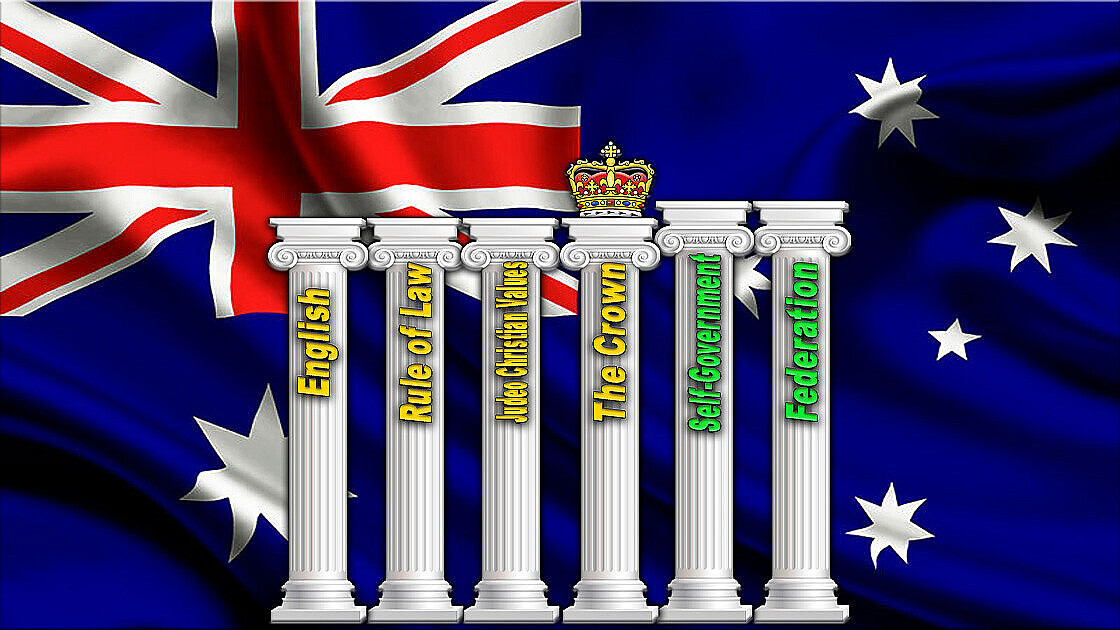The Golden Thread
The Australian Constitution is sometimes criticised by those wanting to change it because it does not, for example, refer to the Cabinet or the Prime Minister. However, the Constitution was not intended to be a complete text on the constitutional system. It was a document federating the six self-governing countries into a nation, setting up new Federal institutions and granting them certain limited powers.
The Founding Fathers, led by the Queenslander who was to become the first Australian Chief Justice, Sir Samuel Griffith ( shown above in the illustration from The Samuel Griffith Society site, the only Australian site dedicated to the study and advancement of federalism) would have seen the constitution as Bolingbroke did, as that "assembly of laws, customs and institutions...according to which the community has agreed to be governed.”
The Founding Fathers assumed that the absolute rights Australians had brought with them from Britain would continue.
From the Magna Carta, through the Glorious Revolution to our Federal Constitution...
William Blackstone, an English jurist, is widely revered in the United States. In his 1760 book Fundamental Laws of England, Blackstone enumerates a series of signal documents declaring what he saw as the “absolute rights of Englishmen.”
It was these rights that the American colonists believed they had taken with them to the new land, and it was those rights that they claimed King George III was infringing. He saw these documents, all of a constitutional nature, as the spring from which parliament and the common law came.
They are a golden thread that begins with The Magna Carta, its various confirmations, the Petition of Right and the Habeas Corpus Acts under Charles 1. They came through the Bill of Rights of 1689 and the Act of Settlement of 1701, the major pieces of legislation in the period referred to as the Glorious Revolution.
After this, the modern Westminster system developed through the development of our modern constitutional monarchy, a crowned republic.
Our constitutional system assumes these continue, and in particular, that it is based on the Westminster system. This means that the executive government is carried out by the Australian Crown through ministers responsible to the federal House of Representatives or state lower house. Most importantly, they must continue to enjoy their confidence.
Accordingly, the Australian Crown will normally act on the lawful advice of ministers who enjoy the confidence of the House of Representatives. There is one important rider to this.
The government can only govern with amounts of money appropriated by the Parliament. Without supply, a government cannot govern.
And so the essence of our constitutional system is based on successful and gradual developments over centuries, unique in the world, a golden thread which goes back to the Magna Carta.
